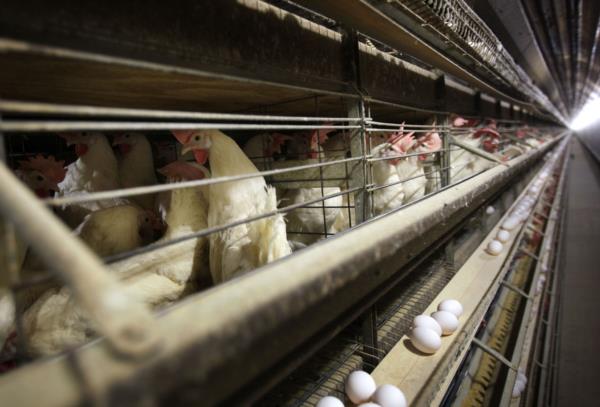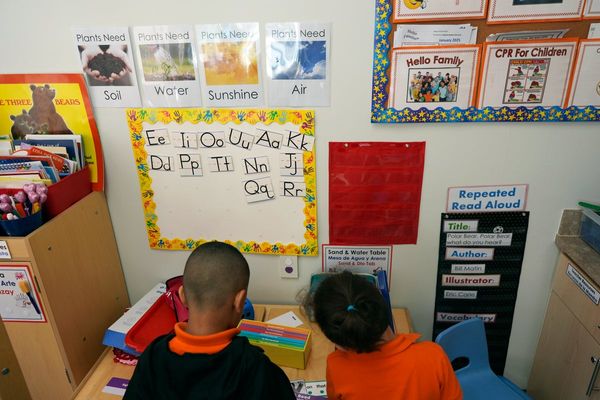
Amid soaring egg prices, the Trump administration is shifting its strategy to combat bird flu by emphasizing vaccinations and enhanced biosecurity measures over mass culling of infected poultry flocks. The administration aims to implement more effective methods, including biosecurity protocols and medication, to address outbreaks rather than resorting to the conventional practice of euthanizing all birds on an affected farm.
The National Economic Council director mentioned that the government is collaborating with experts nationwide and globally to refine the plan, with further details expected to be disclosed soon. The U.S. Department of Agriculture has yet to provide additional information in response to inquiries.
The prevalent approach to containing bird flu involves depopulating entire flocks upon detection of the disease to prevent its spread. However, the substantial culling of millions of chickens monthly has led to a surge in egg prices, prompting some retailers to ration sales. The average price of a dozen Grade A eggs in U.S. cities reached $4.95 in January, with projections indicating a 20% increase this year.




The proposed strategy by the Trump administration entails establishing a more robust perimeter around poultry farms to counter the spread of the virus by wild waterfowl. The plan aims to avoid mass culling when the disease originates from external sources like ducks and geese.
The poultry industry has historically opposed flock vaccinations due to potential trade repercussions and cost concerns. However, industry representatives express support for the administration's efforts to mitigate food inflation and eliminate the virus, emphasizing the need for trade safeguards to prevent market losses.
While the egg sector has incurred the most significant losses, the broiler industry could bear a disproportionate share of policy changes' costs, as per the Congressional Chicken Caucus. Avian influenza vaccines are available, with recent USDA approval of a new vaccine by Zoetis. Implementing vaccination strategies would require collaboration between federal authorities and the industry.
Experts stress the importance of stringent biosecurity measures to prevent cross-contamination and contain outbreaks within individual barns. Effective disease management necessitates early detection of abnormal deaths and preventing virus transmission by farm personnel. Challenges remain in administering vaccines to large poultry populations, with current injectable options posing logistical hurdles.
Developing economically viable vaccines that can be administered through water supplies requires innovation and market demand. Despite existing technological limitations, experts anticipate advancements in vaccine delivery methods to enhance disease control measures in the future.







